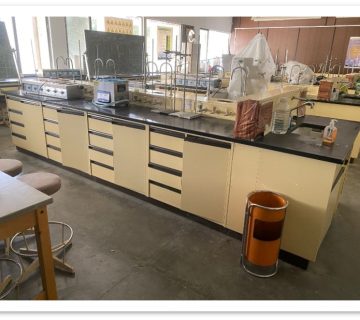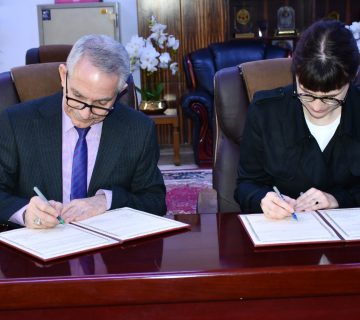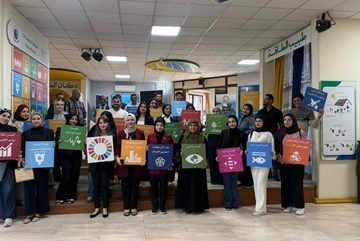In a time where pharmaceuticals present an increasingly significant hazard to both the environment and public health. We investigate a pioneering method for dealing with Ciprofloxacin pollution, revealing how residual Chlorella vulgaris microalgae has the potential to act as a revolutionary biosorbent material, aiding the clean up of wastewater
Introduction:
Pharmaceuticals have become an alarming group of environmental pollutants in the modern era, posing a double threat to both our ecosystems and public health. The standard method of addressing the impact of pharmaceutical waste, using adsorption, faces inherent constraints that necessitate a more sustainable and innovative approach.
Supporting:
Our study investigates the potential of Chlorella vulgaris microalgae residue as a biosorption material to combat Ciprofloxacin pollution in wastewater. This innovative approach presents an unexplored solution to a longstanding challenge. We extracted the residual biomass through a rigorous process which provided a promising candidate for revolutionizing wastewater cleanup.
To highlight the capabilities of this biosorbent, we comprehensively characterize it using advanced analytical techniques. Fourier Transform Infrared spectroscopy (FTIR) uncovers a range of functional groups such as carboxylic, amines, hydroxyls, and amides, which play an active role in the biosorption process. After the extraction process, we observe a noteworthy increase in the peak of -OH and -NH groups, indicating a boost in functional groups. Furthermore, the extraction process results in a significant increase in surface area, as evidenced by SEM analysis, which illustrates the structural transformation through cellular contraction and wrinkling. XRD and EDX tests corroborate this by demonstrating a reduction in the concentration of carbon elements, which is a direct consequence of the deconstruction process.
Our study of biosorption isotherms and kinetics has led to the discovery of a strong correlation with the Langmuir isotherm model, culminating in a maximum biosorption capacity.
Conclusion:
Join us on a journey towards innovation, sustainability, and a greener future. We reveal the remarkable potential of Chlorella vulgaris microalgae in transforming the landscape of wastewater treatment and combating pharmaceutical pollutants in our environment.











